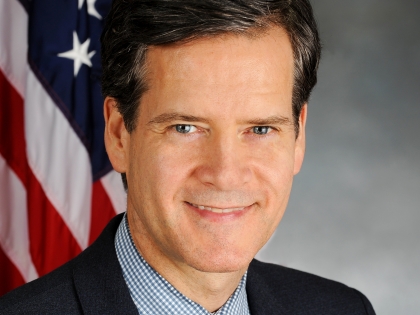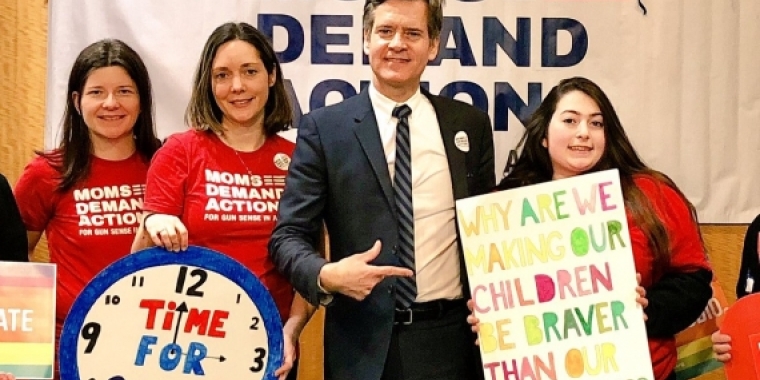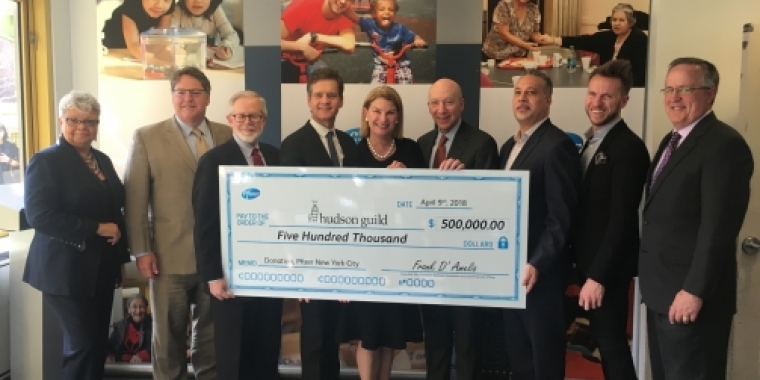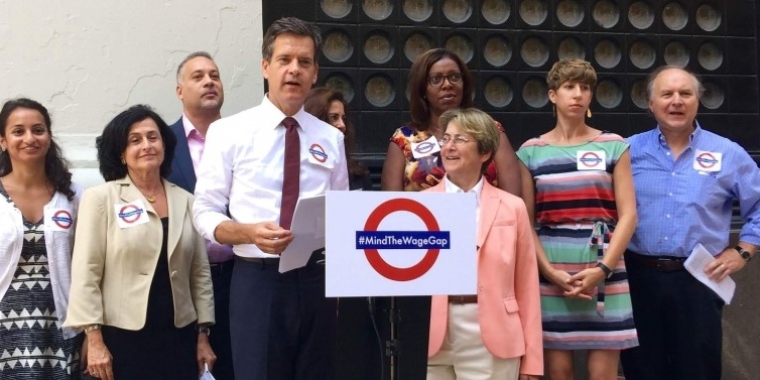
Senator Hoylman-Sigal Congestion Pricing Testimony
Senator Brad Hoylman-Sigal
March 6, 2024
-
ISSUE:
- Congestion Pricing
- MTA
Thank you, Chair Lieber and members of the MTA board, for the opportunity to testify tonight. I am State Senator Brad Hoylman-Sigal, and I represent the West Side of Manhattan, from Christopher St. in the Village to W. 103rd St. on the Upper West Side. My district includes a large swathe of the Central Business District, as well as some of the city’s most heavily used bus and subway lines. As a Manhattanite, I am among the 80% who walk or use mass transit to get work.
While Congestion Pricing was originally planned for 2021, the Trump Administration, federal red tape, the pandemic, and New Jersey caused 3 years of delay. I am looking forward to finally seeing this program implemented. In the interim, constituents have contacted me begging for faster buses, more accessible stations, and more frequent, on-time subway service.
On a weekly basis, I hear from constituents complaining about blocked crosswalks and blaring car horns. My community is endangered by the deadly levels of particulate matter and frequent traffic violence unleashed by congestion. Last year, four pedestrians and one cyclist were killed in my district. Hundreds more were injured.
The $15 billion generated by Congestion Pricing for the 2020-2024 Capital Plan will help address these glaring issues through elevator construction, upgraded signal technology, new trains, and fewer private automobiles on our streets.
One thing is clear, the MTA has exhaustively studied this plan. In 4,000+ pages, they have examined the projected impact on parking, air quality, noise, and traffic flow from Forest Hills to Fairfield, Connecticut. And while opponents of the program use the courts to slow the rollout, the burden of aging infrastructure falls squarely on working-class New Yorkers. Capital funding is especially important given the increased probability of flooding in our transit system. Sea levels surrounding New York City are expected to rise at least 6 to 9 inches in the 2030s and potentially up to 13 inches in some areas due to climate change, according to state projections released just today by the NYS Department of Environmental Conservation.
Nevertheless, an effective tolling structure should minimize costs for city residents of limited means. I’m glad that currently, CBD residents with incomes of less than $60,000 will receive a state tax credit. The MTA has also unveiled robust exemptions for New Yorkers with disabilities, as mandated by the 2019 law. I would also recommend the MTA continue to study a phased-out exemption for residents who live within the Central Business District – my constituents– understanding, however, that every exemption reduces the MTA’s ability to meet its goals under the Capital Plan and will increase tolls for the vast majority of drivers. In the meantime, I look forward to seeing faster transit, cleaner air, and safer streets on the West Side of Manhattan. Thank you for the opportunity to testify here today.
Share this Article or Press Release
Newsroom
Go to NewsroomDr. Meera Shah
April 27, 2018

My Letter to DOE Chancellor Carranza on Student Walkouts
April 23, 2018

My Statement on Pfizer's Grant to Hudson Guild
April 10, 2018

My Efforts to Close the Wage Gap
April 10, 2018
